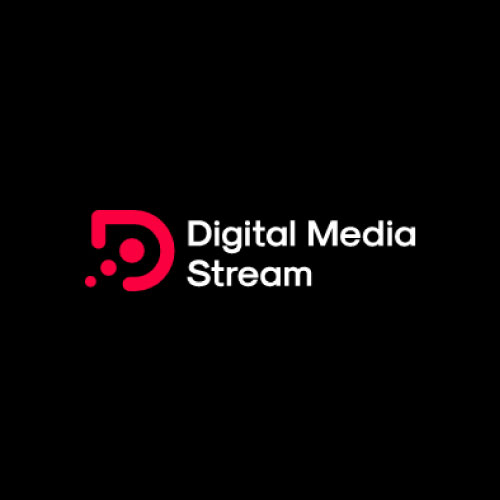
Here's a detailed step-by-step guide on how to conduct a comprehensive ABM (Account-Based Marketing) campaign using Microsoft Word as the tool to organize your campaign plan:
Step 1: Identify Your Target Accounts
- Open Microsoft Word and create a new document.
- Title the document "ABM Campaign Plan."
- Create a table with columns for "Account Name," "Industry," "Revenue," "Challenges," and "Goals."
- List the names of the target accounts and fill in the corresponding information.
Step 2: Understand Your Target Accounts
- Create a subheading under each target account name, titled "Understanding."
- Under this subheading, provide detailed information about each account:
- Industry: Describe the industry the account operates in.
- Pain Points: List the specific challenges or pain points they face.
- Goals: Outline their business objectives and goals.
- Key Contacts: Mention the names and roles of key decision-makers and influencers.
Step 3: Create Personas
- Create a subheading under each target account name, titled "Personas."
- For each account, outline the personas of key decision-makers and influencers. Include:
- Name, Title, and Role: Identify the individuals and their responsibilities.
- Pain Points: Note the challenges they experience.
- Communication Preferences: Specify their preferred communication channels and formats.
Step 4: Align Sales and Marketing
- Under the main heading "Alignment," describe how your sales and marketing teams will collaborate:
- Target Account Selection: Explain how you collectively chose the target accounts.
- Messaging Strategy: Detail the agreed-upon messaging strategy for each account.
Step 5: Develop Personalized Content
- Create a subheading called "Content Creation."
- For each target account, specify the type of content you will create, including:
- Whitepapers: Topics and target release dates.
- Case Studies: Highlighted success stories.
- Webinars: Subjects and scheduled dates.
- Blog Posts: Titles and publication schedules.
Step 6: Choose the Right Channels
- Under the subheading "Communication Channels," specify the channels you will use to reach each target account:
- Email: Describe your personalized email outreach strategy.
- Social Media: Detail your plan for connecting and engaging on social platforms.
- Direct Mail: Explain any physical mail campaigns.
- Personalized Video Messages: Mention the use of personalized video messages.
Step 7: Launch Your Campaign
- Create a subheading titled "Campaign Launch."
- Provide a specific launch date for each campaign.
- Include an overview of the campaign's content, messaging, and unique selling points.
Step 8: Engage on Social Media
- Under the subheading "Social Media Engagement," outline how you will engage with the target accounts on social media:
- Connect and Follow: Specify the accounts to connect with and follow.
- Content Sharing: Describe your plan for sharing relevant content.
- Engagement Strategy: Explain how you will actively engage with their posts.
Step 9: Track and Measure
- Create a subheading named "Tracking and Measurement."
- Specify the metrics and key performance indicators (KPIs) you will use to evaluate the success of your campaign:
- Engagement Metrics: Include metrics like likes, shares, and comments.
- Conversion Rates: Measure the effectiveness of your campaign in driving conversions.
- ROI: Calculate the return on investment for each target account.
Step 10: Personalized Follow-Up
- Under the subheading "Follow-Up," detail your strategy for personalized follow-up based on interactions and responses from the target accounts:
- Response Criteria: Define specific triggers that warrant follow-up.
- Follow-Up Content: Describe the type of content or offers you'll provide in follow-up communications.
- Timeline: Specify the timing of follow-up interactions.
Step 11: Measure Success
- Create a subheading titled "Campaign Evaluation."
- Summarize the results of your ABM campaign:
- Compare results to predefined goals and KPIs.
- Analyze what worked well and areas for improvement.
- Provide insights and lessons learned for future campaigns.
Step 12: Iterate and Optimize
- Under the main heading "Iterate and Optimize," reflect on the insights gained from the campaign and describe adjustments or improvements you plan to make for future ABM campaigns:
- Strategy Enhancements: Detail specific changes to content, messaging, or targeting.
- Timeline Adjustments: Mention any changes to campaign timing.
- Resource Allocation: Consider adjustments to resource allocation based on campaign performance.
By organizing your ABM campaign plan in Microsoft Word with this thorough step-by-step guide, you can create a comprehensive document that serves as a roadmap for executing successful ABM campaigns tailored to your high-value target accounts.
Find a B2B SaaS Expert
We've collected a directory of B2B SaaS experts and agencies that we've reviewed and categorised based on service and specialism for your review.














